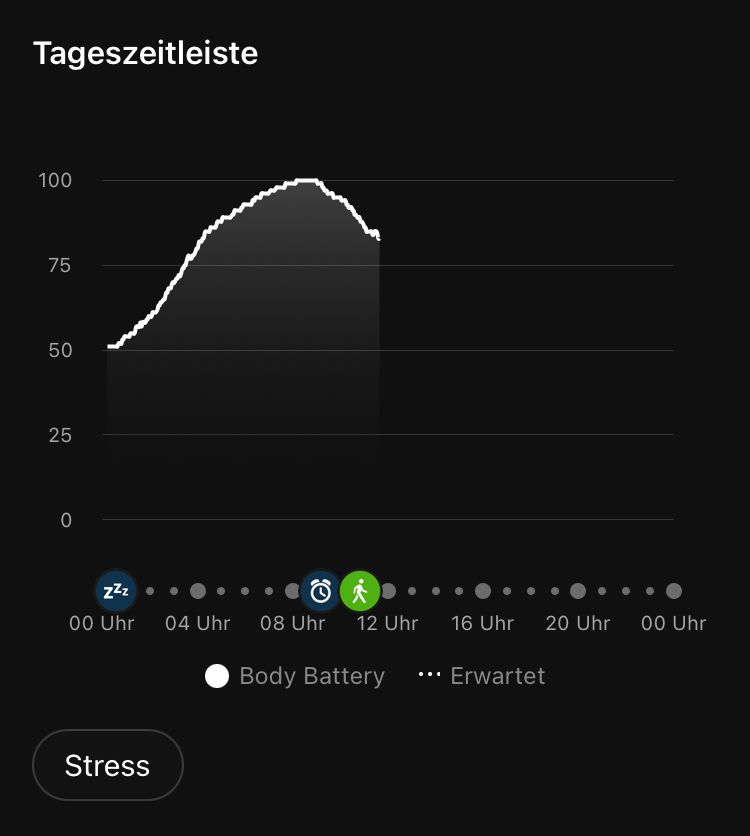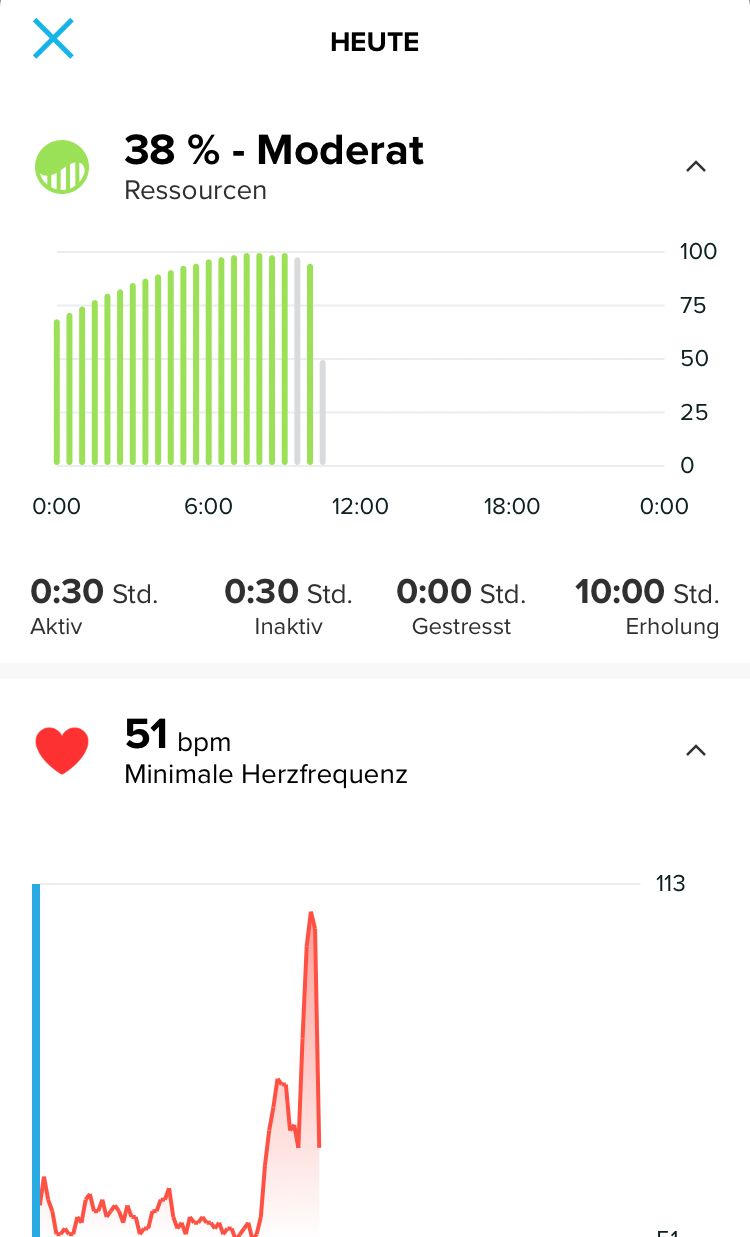Suunto 9 Non-Baro health resources feature
-
@egika well, this is big unknown to me, as I did not see any clear answer for this. I asked many times, but as an answer I always got a documentation from FirstBeat. Algorithm of FirstBeat is used in Suunto as well. However, FirstBeat alg is based on HRV. Therefore, I assume, that Suunto S9b HR sensor is capable of measuring RR (IBI - Inter Beat Interval). On the other side, during activity, HRV (aka RR, aka IBI) is not measured…so, this is a grey area, discussed so many times here, that IMHO, if we continue here, the discussion will be closed by admin as duplicate…
-
@zadow afaik the HRV information used with the First Beat algos is taken from the chest belt, not from the wrist. But I am not sure.
-
@egika Well, you are absolutely right, of course. The question is, how this algo can be used in watch with OHR, then?
Well, if someone could get a clear answer from Suunto on that, I would highly appreciate that. I am uncertain here as well. -
@zadow contacted Suunto and I was given the link below.
It’s different from the one related to body resources which seem more appropriate. If Suunto recommend tjr lowest HR during sleep in their article surely that should be correct? https://www.suunto.com/en-gb/Support/Product-support/suunto_9/suunto_9/features/stress-and-recovery/
-
@optics-field-test What we really need is an orthostatic test similar to the Ambit3 test…
However, this from several users and some field testers. Setting the HR to the lowest at sleep will provide very low Resources. The best number to use is resting HR when you are sitting and rested, not the lowest HR during sleep. -
@brad_olwin I have to agree with you lowest RHR when watching tv or as soon as you wake up.
I had a Suunto advisor yesterday advising me to do exactly that.
Now, the question would be would one need to input the average RHR throughout the day of the first resting Hr upon waking up?
With best wishes,
Sl -
@optics-field-test don’t overthink it. Sit still for 5mins, breathe slowly, do nothing and get your value. If your waking up is 2 bpm less, I would not care much. This whole thing is no exact science anyway.
-
@egika You are right. Thanks for your help

-
@optics-field-test I actually set my Resting HR about 8 beats above my average sleep HR and get good results concerning „recharching“ during rest. But I suffer from the bug, that resources drop way too much during light activities like walking with the dog as seen here compared to a Garmin with the „same“ (just an assumption) firstbeat algorithms, worn during the night and alongside the Suunto during a morning walk:


Hope Suunto can fix this someday…
-
@chrisa I see exactly what you mean!
Mine is the same it tracks nicely my status throughout the day but in the morning I do very little like driving kids to school and it drops more than 30%.
I can only think of this big drop as it’s also calculating how stressed I am and that plays a major factor in the % lost. In the evening when I am relaxed I start gaining resources correctly until I get to bed. I can easily get to bed with 50% recharged and in the morning I would have a 92% resources base on a good night sleep. Let’s see if this can be tweaked by Suunto to fix unnecessary big drops for very little activity like walking the dog or cruising around the house.
Which Garmin do you use please?
Thanks
-
@optics-field-test I thought that it might be stress too, but for me that was a completely stress free day, no work, relaxed family life… Mostly happens in the morning, so might be raised HRV after low HRV.during sleep, but can’t really find any solution. Also had days when it did not drop and stayed normal.
Data is from my son‘s Forerunner 245 (he is an avid Applewatch user since a year or so not using it anymore)
-
@chrisa Agree, the HRV could well be the answer to the dip.
HRV is best straight after waking up and then it continues to drop throughout the day so that is a plausible explanation. Also, I set my daytime resting HR to 61 bpm and it seems to give accurate status tracking.
I noticed that the more the with is worn the better it’s accuracy get.
-
@chrisa just a quick update.
Today I had a very stressful morning & afternoon and my Suunto 9 really did do that justice. By the end of the day 8pm I am on 2% resources! My conclusion is that any rapid resources drop can only be related to stress that ultimately raises HR well above the average resting HR.
I know do trust body resources and I am actually quite impressed how accurate the watch track my status. Every time I check it today it was stress
-
@optics-field-test I agree, that the resources are a good instrument to measure your all day stress and exhaustion levels. I was really amazed when I first heard about it, since it could measure effects I only knew before from what I learned about the relation of yin and yang in traditional chinese medicine